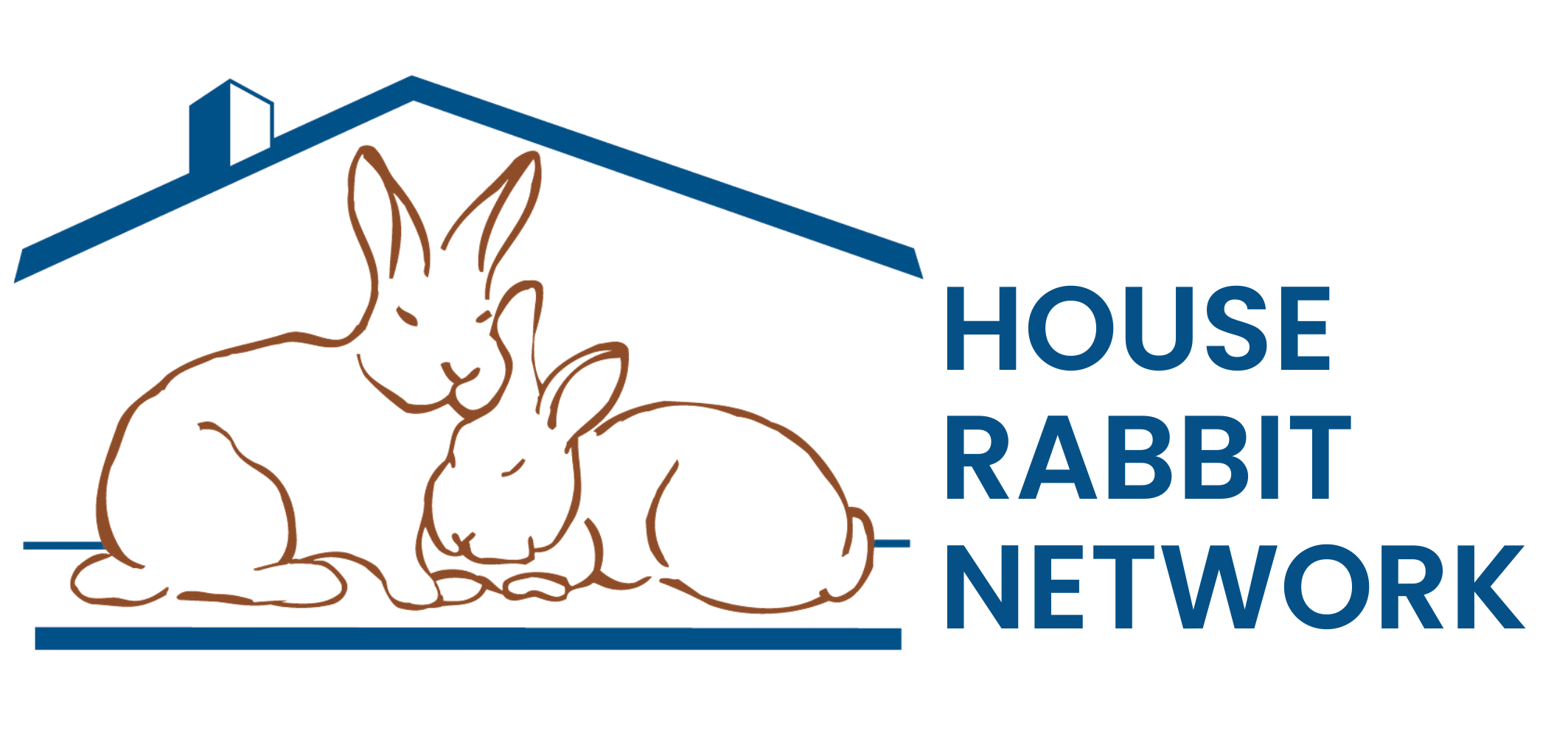The Pain Management Team: You, Your Rabbit, and Your Vet
Rabbits, despite their strong personalities and definite opinions, are sensitive and delicate creatures. Any painful problem can cause a cascade of stress and lack of appetite that, if not addressed, will lead to more severe illness. Identifying and treating any discomfort is an important obligation of any rabbit caretaker. With any illness or injury, such as GI stasis, trauma, bladder/kidney stones, or dental disease, or with any surgical procedure, you and your veterinarian will need to discuss pain management.
Bunnies generally do not flaunt their pain by crying or fussing like humans or dogs and cats. Their prey personality encourages them to hide pain, and not attract the attention of a potential predator; even living in our homes as our friends, rabbits will not lose that prey mentality that is the core of their being. Instead of calling attention to themselves, most suffering rabbits will sit quietly and not move much. Often they are hunched. Some grind their teeth. Although they need comfort and help, they are hard-wired not to seek them out. You are your rabbit’s advocate – if your rabbit seems in pain, find a knowledgeable rabbit vet and start problem solving.
The types of pain are visceral (gut) pain and somatic (local) pain. Visceral pain in rabbits is often secondary to gastrointestinal distension – a vague bloating pain is caused by excess gas or food that is not moving through the guts at a normal pace, causing the intestines and stomach to dilate. Remember that rabbits cannot vomit to relieve this type of pain, and if you’ve ever eaten too much or had a stomach bug you can imagine how terrible they feel. Somatic pain, like from a surgical incision or musculoskeletal injury, is local and stabbing. Sometimes there seems to be a mix of pain, like when a bladder stone causes uncomfortable bladder distension but also local pain from rubbing the lining of the bladder raw.
Two main classes of drugs are used to manage pain: opioids and non-steroidal anti-inflammatory drugs (NSAIDs). Opioids, like morphine, are powerful at raising the threshold for pain. They can also be sedating, which is helpful before anesthesia or if moving around could worsen the injury. A common side effect in rabbits is slowing down of intestinal motility (GI stasis) – therefore, the risks and benefits of using opioid medications need to be carefully assessed by your vet (even though opioids may slow the intestines, they are still used to control the pain of stasis). The most commonly used opioid is buprenorphine (Buprenex), which is an injectable drug and very useful for everything from surgical pain to visceral pain due to stasis. Burtorphanol (Torbutrol) is injectable or sometimes used orally and is best for mild pain. Opioids are controlled substances, meaning that your vet needs a DEA (Drug Enforcement Agency) license to have them, with strict rules on dispensing and record keeping. NSAIDs, as per their name, decrease inflammation and the actual pain signals from injured tissue. Meloxicam (Metacam), caprofen (Rimadyl), and ketoprofen are all frequently used and very effective at controlling especially somatic (local) pain. These medications can be toxic to the kidneys at high doses and in the dehydrated patients, so caution needs to be used. The best pain management results from using a combination of opioids and NSAIDs, attacking and modifying the pain at both its source and how it is processed. Your vet needs to carefully assess risks, and treat the pain fully while not overmedicating and causing harmful side effects; this is often a delicate balancing act.
Along with drugs, more holistic therapies are also central to modifying the perception of pain and bringing comfort to the patient. Massage can help relieve pain, and there are cases of GI stasis in which the best medical treatment makes no difference until abdominal massaging is started. Applying heat can help with abdominal pain, and both heat and cold can be therapeutic for injuries. Acupuncture is being used in rabbits to treat chronic pain conditions like arthritis and kidney stones. And never forget that comforting the sick bunny with petting, kissing and whispered words of encouragement is key love is very strong medicine!
In the Dark Ages of veterinary medicine, pain medications were used mainly as a tool to keep the patient immobile long enough to perform the technical aspects of surgery. Now there is a clear understanding of the ethical obligation to identify and manage all types of pain. Assess your vet in part by how s/he addresses pain – pain management should be central to your rabbit’s treatment plan. Your responsibilities are to recognize the pain in your rabbit, help your vet by bringing problems to his/her attention early and providing feedback on how you think your rabbit is responding, give medications as directed and provide the love and support your bunny needs to heal.
by Astrid M. Kruse, DVM
